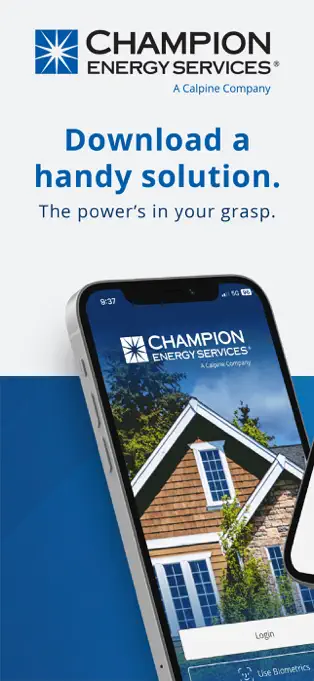

Introduction
Releasing new versions of mobile applications is a pivotal moment that can be fraught with tension. Once an update hits the digital shelves, it's there to stay, alongside any lurking bugs until a new update can be pushed – a process that might stretch over several days. Drawing from my experience as a software engineer focused on mobile development at a Tier One Retail Energy Company, I've seen firsthand the advantages of implementing a gradual rollout for app releases. This approach not only bolsters our confidence during releases but also significantly mitigates risk. Here, I'll share insights into executing gradual rollouts for both iOS and Android platforms, reflecting on my direct involvement in deploying and managing the Champion Energy Services app.
What is Gradual Rollout? A gradual rollout begins with releasing your update to a limited audience before extending it to all users, contingent upon the absence of critical issues. Despite our best efforts with unit tests, e2e tests, and manual QA, certain bugs only surface under real-world conditions. Opting for a gradual rollout means potentially exposing just a fraction of your user base to serious issues, a move that can safeguard your app's ratings and user satisfaction.
App Store vs. Play Store The mechanisms for a gradual rollout diverge notably between iOS and Android, shaped by the distinct policies of the App Store and Play Store. My role entailed navigating these differences to ensure smooth, controlled releases.
- Rollout Percentage: Android allows for precise control over the rollout percentage, a feature I leveraged to manage releases carefully. iOS, in contrast, automates this process over a week, challenging us to anticipate user engagement more broadly.
- Regional Rollout: Android's flexibility to tailor rollouts by region was particularly useful for targeted releases, whereas iOS applies a uniform rollout across all regions.
- New Installs: A critical distinction lies in how new installs are handled; Android adheres to the chosen rollout percentage, while iOS automatically serves the latest version to new users.
Both platforms offer the capability to halt or escalate the rollout at any juncture, providing a safety net should any issues arise.
iOS Phased Releases Opting into phased releases on the App Store is a decision made pre-submission. This feature was a cornerstone of our strategy, allowing for a controlled distribution and the opportunity to halt the rollout if necessary, offering a buffer to address any emergent issues without impacting the broader user base.
Android Staged Rollout Conversely, Android's staged rollout feature affords a granular level of control over the release process, from specifying the initial rollout percentage to adjusting it based on real-time feedback and performance metrics. This granularity enabled us to tailor the rollout to specific markets and respond dynamically to any issues.
Monitoring Effective monitoring is crucial to the success of gradual rollouts. This involves keeping a vigilant eye on the app's performance metrics, crash reports, and user feedback. My approach included a detailed review of the Android release dashboard and the integration of robust error logging tools like Sentry. This enabled us to identify and address issues swiftly, often before they affected a significant portion of our users.
Rolling Out to Everyone The decision to extend the rollout to all users is nuanced, influenced by both the initial feedback and broader business considerations. My experience underscored the importance of a cautious, phased approach, especially for releases with substantial changes or new features.
In Summary The gradual rollout strategy has been instrumental in mitigating risks associated with new app releases. Through careful planning, monitoring, and adjustment, we've successfully navigated the complexities of app distribution across iOS and Android, ensuring a smooth experience for users and maintaining the integrity of our applications in the marketplace. This approach not only minimized the impact of potential issues but also played a pivotal role in launching a new revenue stream for the company through the Champion Energy Services app, marking a significant milestone in our journey to provide value through technology.
For developers embarking on this journey, I highly recommend leveraging the official documentation for phased releases on iOS and staged rollouts on Android as a foundation for your strategy.